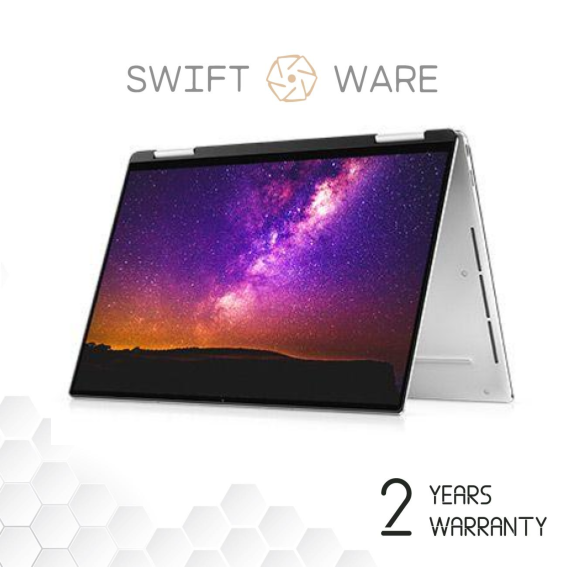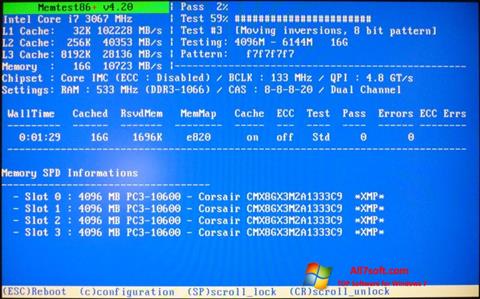
Click the “Yes” button.Ī window will open asking you to select an installation language. You'll be asked if you want to allow the installation of this program. Keep the Windows Explorer window open and double-click on BleachBit-2.0-setup. By default, most browsers save downloaded files in the Downloads folder. Microsoft Edge 40 shows a bar at the bottom of the browser window with a blue border.įor any browser it is best to first save the file before proceeding, so click the “Save” button. Many browsers will ask you to confirm whether you want to download this file. You can get BleachBit on Windows by downloading the installer from the BleachBit download pageĬlick on the BleachBit installer. You can find further information in the documentation. It is also possible to write custom file deletion instructions. BleachBit can be used to quickly and easily target individual files for secure deletion, or to implement periodic secure deletion policies. On Windows, we currently suggest using BleachBit, an open-source secure deletion tool for Linux and Windows. Your operating system probably already has software that can do this for you-software that can overwrite all of the “empty” space on your disk with gibberish and thereby protect the confidentiality of deleted data. This makes it difficult to retrieve what used to be written there. So, what’s the best way to delete a file forever? Ensure it gets overwritten immediately. And with a little work and the right tools (such as “undelete” software or forensic methods), that “deleted” file can be retrieved.

Until this happens, that “deleted” file is still on your disk it’s just invisible to normal operations. Therefore, it may be weeks, months, or even years before that file is overwritten.

(You can read more about why this causes problems for secure deletion here.) If you’re using an SSD or a USB flash drive, jump to this section below.ĭid you know that when you move a file on your computer into your computer's trash folder and empty the trash, the file is not completely erased? Computers normally don't “delete” files when you move a file to the trash, your computer just makes the file invisible and allows the space it took up to be overwritten by something else sometime in the future. Secure deletion on SSDs, USB flash drives, and SD cards is very hard! This is because these types of drives use a technique called wear leveling and do not provide low-level access to the bits as stored on the drive. These instructions apply only to traditional disk drives, and not to Solid State Drives (SSDs), which are standard in modern computers, USB keys/USB thumb drives, or SD cards/flash memory cards. The instructions below should only be used for securely deleting data from spinning drives.


 0 kommentar(er)
0 kommentar(er)
